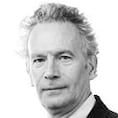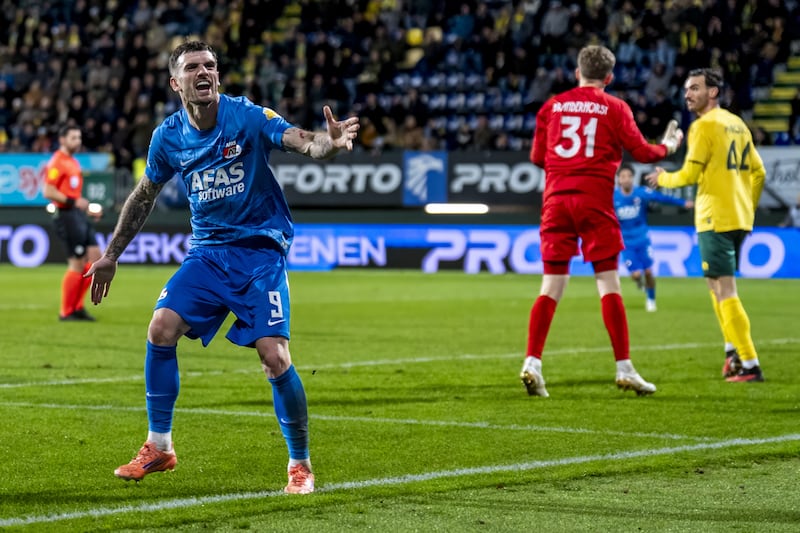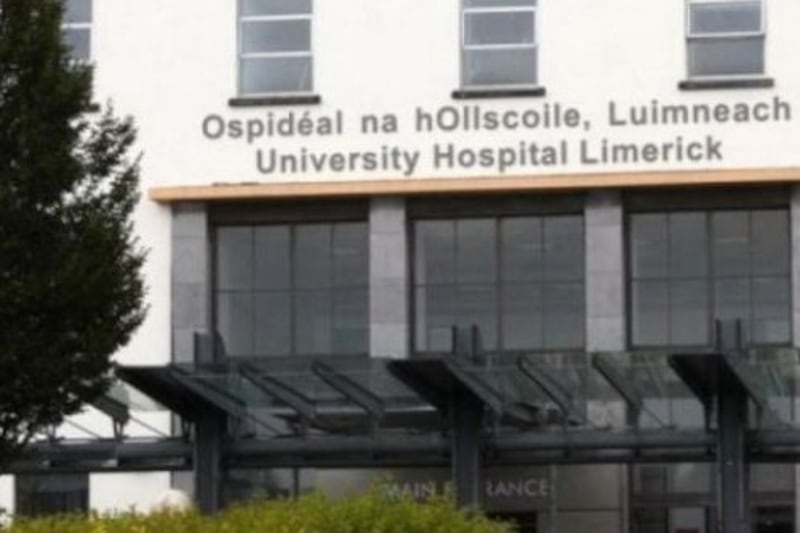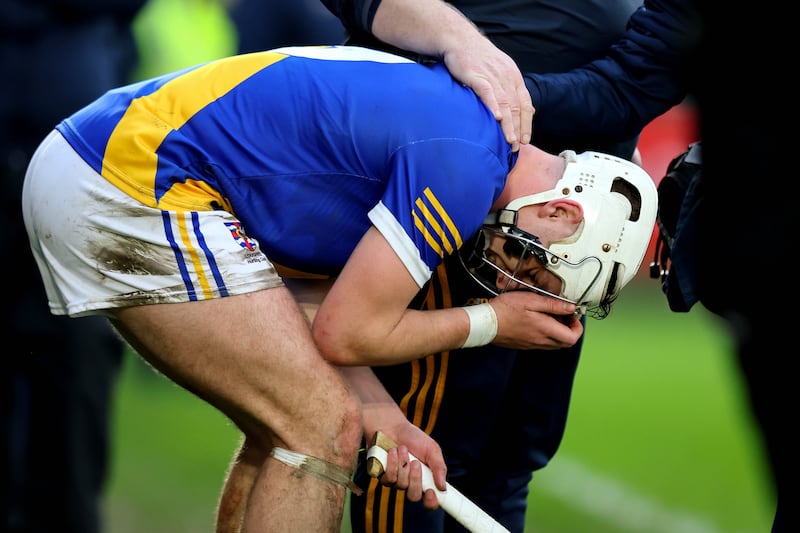Martin Parr’s photographs from the early 1980s already capture something profoundly unsettling: the sense of abandonment. Some of his images of new bungalows showed the old house still standing behind the new one, as if mocking the past.
When they were first displayed in 1984, Parr’s sequence of images of Morris Minors abandoned in fields and yards seemed mostly funny, a brilliantly subversive take on the tradition of Irish landscape painting and photography in which the human presence is erased. They still are, but they also now have a more forlorn air – something is being forsaken. A way of life is being cast off. Time is erasing these vestiges of a more frugal past. The humour has not diminished but the poor old cars, gradually sinking back into nature, have something of the poignancy of the archaeological remains of a lost civilisation. And if they can be abandoned so ruthlessly, what else can be ditched?
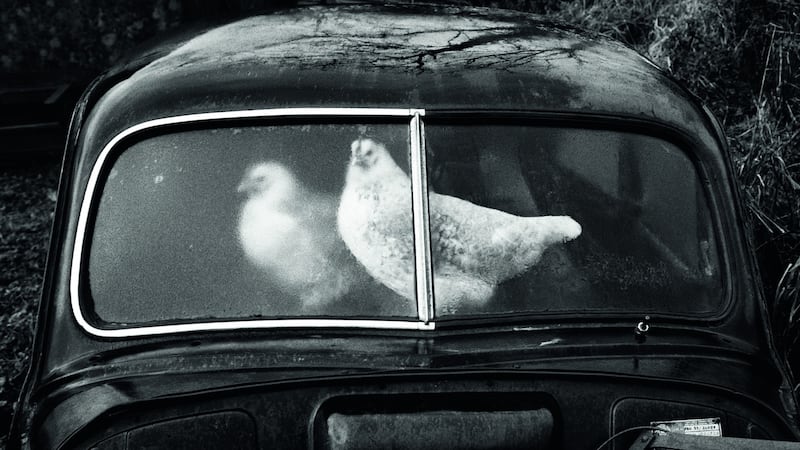
Parr’s shift from black and white to colour in the mid-1980s exaggerates and dramatises a shift that was of course more gradual and complex. In fact, Ireland’s transformation did not go in a straight line: the 1980s were marked by recession, high unemployment and the resumption of mass emigration. The people queuing up to buy tins of Pedigree Chum that may have fallen off the back of a lorry in Dublin’s inner city in 1986 are hardly corrupted by affluence. And the idea of escaping a troubled past was always haunted by the continuation of a long, obscene conflict in Northern Ireland, in which rigid tribal identities were enforced by violence.

Parr captures that conflict in retrospect, through the self-conscious ways in which it has been turned into display, spectacle and even a tourism product. But it cast at the time a very deep shadow over any narrative of progress and modernity – at times, especially through the 1980s, it seemed that history offered glimpses of a different future only as a bitter joke.
The Troubles and the very high levels of religious practice marked Ireland out as apparently different from the rest of western Europe. But Irish people on the whole never wanted to be exceptional or exotic. We know this because for centuries they had emigrated in huge numbers to live more ordinary lives in the urban, industrial worlds of London and Boston, Glasgow and New York. It is impossible to understand Ireland without bearing in mind that two million people left the island between 1921 and 2001 (1.5 million from what is now the Republic; half a million from Northern Ireland) – a trend that recommenced with a vengeance in the 1980s: 472,000 people left Ireland between 1983 and 1993.
The apparent stability of the society, the long reign of conformism that the pope was so enamoured of, was an illusion created by the reality that the most radical changes in peoples’ lives were happening in that great Irish shadowland, Elsewhere. That is where people went to get the kind of lives they wanted.
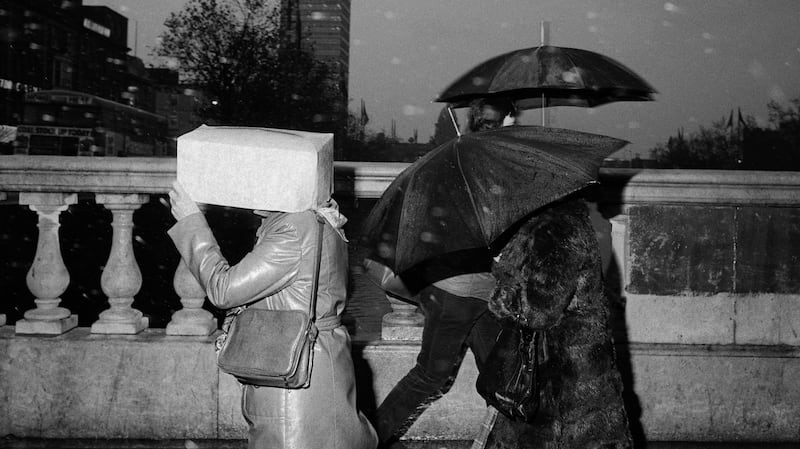
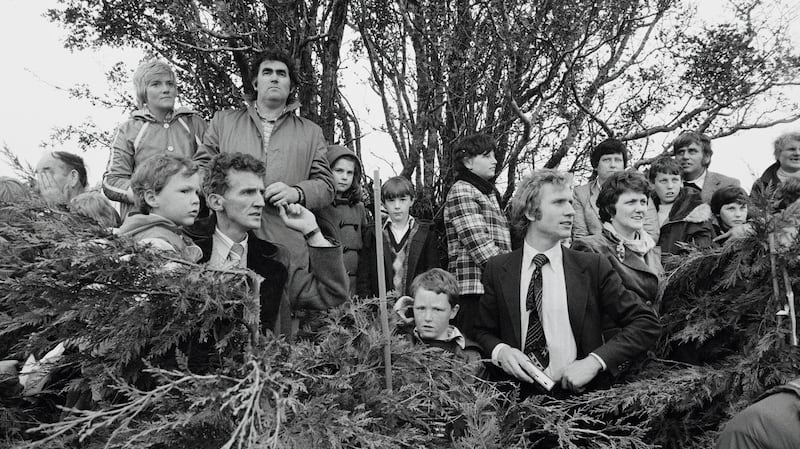
The transformation of Ireland in the 1990s can be seen in some ways as a repatriation of this desire. In order to maintain a “traditional” way of life at home, a very large part of the population had been forced to seek out a “modern” life abroad. It made more sense in the end to bring this modernity home. Instead of Irish labour moving towards American capital, why not do it the other way around? American companies seeking a comfortable spot in the EU increasingly picked Ireland as a stable, English-speaking base with an increasingly well-educated population.
This was not a simple trajectory. Ireland suffered the global banking crisis of 2008 in an extreme way and experienced very severe social and economic damage. But the broad transformation is as clear as it is remarkable.
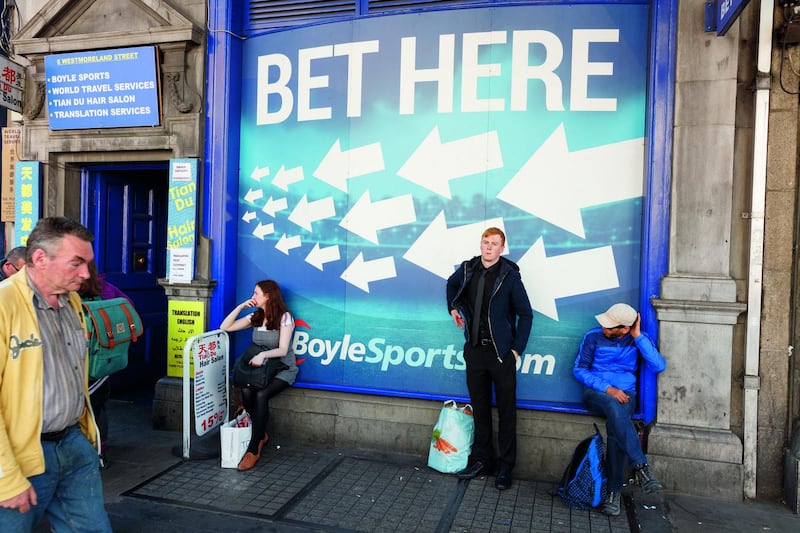
The most dramatic aspect of this change is probably inward migration. When John Paul arrived in Ireland in 1979, there were very few of his compatriots on the island. Now there are 125,000 living in Ireland and Polish has surpassed Irish as the second most commonly spoken language in Irish homes. The idea of Ireland as a magnet for large-scale inward migration was scarcely imaginable in 1979 – the forces of repulsion were vastly stronger than those of attraction. Now, over 17 per cent of the Irish population is made up of people born somewhere else.
The holiday camp at Mosney, scene of some of Parr’s photographs from 1994, closed six years later (it was no longer Ireland’s idea of fun) and became a camp for asylum seekers. In his sly image of the front of a betting shop in Dublin in 2016, all the arrows point towards migration: the Tian Du hair salon and the company offering translation services. The stereotypes of Irishness that Parr plays with so delightfully in his images from the period of his Common Sense project in 1997 – the red hair and the priest’s dog collar never really went away, of course. Because of tourism and the notion of Ireland as a global brand, cliches have a long radioactive half-life. Parr’s own work in this period moved ever further from any notion of the innocently “candid” shot to explore the increasingly self-conscious ways in which, in the age of the camera phone and social media, people are staging their own public appearances. Irishness has always been to some extent a performance, whether of piety or of revelry, of sophistication or of simplicity – even, in Parr’s images of Troubles tourism, of tragedy.
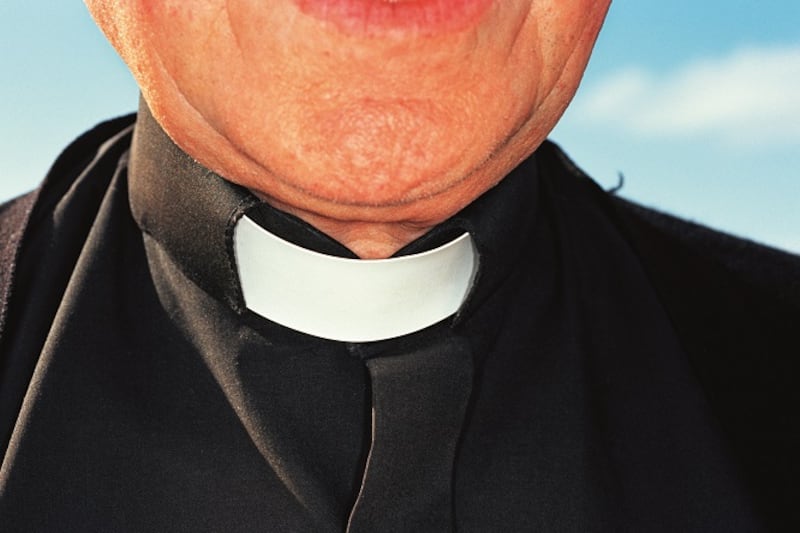
It continues to be so even in a globalised world of flat whites and yoga sessions.
But these continuities do not detract from the sense of abandonment. The word has two essentially opposite meanings. To be abandoned is to be forsaken. But there is also wild abandon, the joy of losing the run of oneself. Both meanings hover over this visual record of the last 40 years. Ireland did – perhaps rather ruthlessly – abandon one sense of itself in these decades, trading in a singular status as a beacon of Catholic virtue and rural simplicity for a whole new self-image of openness, tolerance and diversity. The reversal was made official in 2015 when Ireland became the first country in the world to introduce equal marriage rights for same-sex couples by popular vote. The pleasure of it oozes from Parr’s photograph of the newlyweds.
Over time, this new brand may be seen to be just as problematic as the one it has replaced. As the golden child of hyper-globalisation Ireland may be heir to many of its contradictions. It may be that some of what was forsaken – some enduring way of belonging – will come to be regretted and sought for again. Yet the wild abandon of escaping from some very dark history is for now enough to be going on with.
Martin Parr’s From the Pope to a Flat White: Ireland 1979-2019 is published by Damiani.
The upcoming exhibition of the same name takes place at:
Feb 25th-May 2nd, 2021: Upper Floor Galleries, Limerick Art Gallery
June 26th-Sept 5th, 2021: Gallery of Photography, Dublin
Sept 16th-Nov 5th 2021: Roscommon Arts Centre
Jan 28th-May28th 2022: Boston College McMullan Gallery & Museum
July-Sept 2022: Belfast Exposed Photography

